Home>Gardening & Outdoor>Landscaping Ideas>When Does Grass Pollen Stop
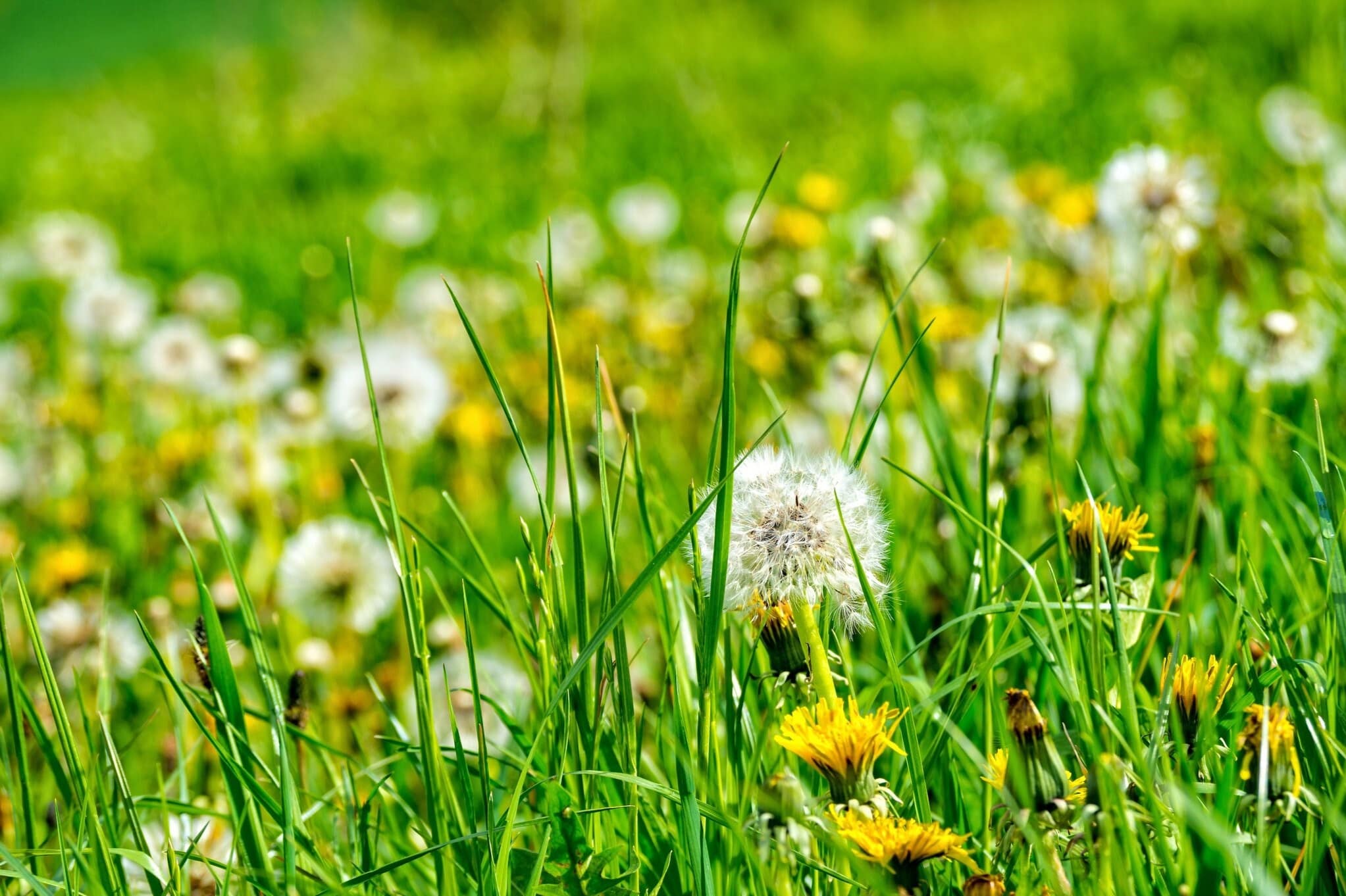

Landscaping Ideas
When Does Grass Pollen Stop
Modified: September 2, 2024
Discover when grass pollen stops and get landscaping ideas to minimize its impact on your outdoor space. Create a pollen-free oasis with our expert tips and advice.
(Many of the links in this article redirect to a specific reviewed product. Your purchase of these products through affiliate links helps to generate commission for Storables.com, at no extra cost. Learn more)
Introduction
Read more: When Does Grass Pollen Season Start
Understanding Grass Pollen Allergies
Grass pollen allergies can be a source of discomfort for many individuals, particularly during the warmer months when grasses are in full bloom. Understanding the nature of grass pollen allergies, including the triggers, symptoms, and effective management strategies, is crucial for those affected by this common allergen. This article aims to provide comprehensive insights into grass pollen allergies, offering valuable information for individuals seeking to navigate the pollen season with greater ease and comfort. Let's delve into the intricate world of grass pollen allergies to gain a deeper understanding of this prevalent issue.
Read more: When Does Grass Pollen Season Start
Understanding Grass Pollen Allergies
Grass pollen allergies, also known as hay fever or allergic rhinitis, are immune system responses triggered by the presence of grass pollen in the air. Grasses are among the most common plants, and their pollen serves as a potent allergen for many individuals. When people with grass pollen allergies inhale the microscopic pollen particles, their immune systems perceive these particles as harmful invaders, leading to the release of histamines and other chemicals. This immune response results in various symptoms that can range from mild to severe, significantly impacting the affected individual's quality of life.
Grass pollen allergies are prevalent during the spring and summer months when grasses are actively growing and reproducing. The timing and severity of grass pollen allergies can vary depending on geographical location, climate, and specific grass species prevalent in the area. Understanding the specific grasses that trigger allergic reactions in a particular region can aid in developing targeted management strategies to mitigate the impact of grass pollen allergies.
It's important to note that grass pollen allergies can manifest differently in individuals, with symptoms ranging from sneezing, nasal congestion, and itchy or watery eyes to more severe reactions such as asthma exacerbation. Additionally, cross-reactivity between certain grass pollens and food allergens can further complicate the management of grass pollen allergies, necessitating a comprehensive approach to identifying and addressing triggers.
By gaining a deeper understanding of the nature of grass pollen allergies, individuals can take proactive measures to minimize exposure and alleviate symptoms, ultimately enhancing their overall well-being during the pollen season. Stay tuned as we explore the intricacies of the pollen season and the factors influencing grass pollen release in the upcoming sections.
The Pollen Season
The pollen season, characterized by the widespread dispersal of pollen from various plants, including grasses, trees, and weeds, plays a significant role in the manifestation of allergic reactions in susceptible individuals. Understanding the dynamics of the pollen season is crucial for effectively managing pollen allergies and minimizing their impact on daily life.
The timing and duration of the pollen season vary depending on geographic location, climate, and local vegetation. In general, the pollen season for grasses typically occurs during the spring and summer months, with peak pollen levels often observed during specific times of the day, usually in the morning and early evening. These peak periods can intensify allergic symptoms for individuals sensitive to grass pollen, making it essential to be mindful of outdoor activities during these times.
Moreover, the length and severity of the pollen season can be influenced by weather patterns, such as temperature, humidity, and precipitation. Warmer temperatures and dry, windy conditions tend to promote the release and dispersal of pollen, potentially exacerbating allergic reactions in affected individuals. Conversely, rainy weather can temporarily alleviate pollen levels in the air, offering some respite for those with pollen allergies.
It's important to stay informed about local pollen forecasts and air quality reports, especially during the peak pollen season, to plan outdoor activities strategically and take necessary precautions to minimize exposure. Additionally, utilizing indoor air filtration systems and keeping windows closed during high pollen count days can help create a more pollen-free environment, reducing the likelihood of allergic reactions.
Understanding the pollen season's nuances empowers individuals to make informed decisions about outdoor activities, travel plans, and lifestyle adjustments to mitigate the impact of pollen allergies. By staying attuned to pollen forecasts and implementing practical strategies to reduce exposure, individuals can navigate the pollen season with greater confidence and comfort.
In the following sections, we will explore the factors influencing grass pollen release and delve into the symptoms of grass pollen allergies, shedding light on the diverse ways in which allergic reactions can manifest in susceptible individuals. Stay tuned for valuable insights on managing grass pollen allergies effectively.
Factors Affecting Grass Pollen Release
The release of grass pollen, a potent allergen for many individuals, is influenced by various factors that contribute to the dispersal of pollen grains into the surrounding environment. Understanding these factors is essential for comprehending the dynamics of grass pollen allergies and implementing proactive measures to minimize exposure during peak pollen seasons.
-
Environmental Conditions: Weather plays a pivotal role in the release and dispersal of grass pollen. Dry, windy conditions facilitate the liberation of pollen grains from grasses, leading to heightened pollen levels in the air. Conversely, rainy weather can temporarily suppress pollen release, offering relief for individuals prone to grass pollen allergies.
-
Plant Species and Distribution: Different species of grasses exhibit varying patterns of pollen release, with some species producing more allergenic pollen than others. The geographical distribution of these grass species further influences the prevalence of grass pollen allergies in specific regions, as individuals may be exposed to different types of grass pollen based on their location.
-
Seasonal Variations: The timing and duration of the grass pollen season are influenced by seasonal changes, with peak pollen levels typically occurring during the spring and summer months. Understanding the seasonal variations in grass pollen release is crucial for individuals seeking to anticipate and manage allergic reactions effectively.
-
Allergen Cross-Reactivity: Cross-reactivity between grass pollen allergens and other allergens, such as certain food proteins, can exacerbate allergic responses in susceptible individuals. Identifying and addressing potential cross-reactive triggers is essential for comprehensive allergy management.
-
Urbanization and Land Use: Urban areas characterized by extensive grassy landscapes, parks, and recreational spaces can harbor high concentrations of grass pollen, posing challenges for urban dwellers with grass pollen allergies. Moreover, land use practices, such as landscaping and gardening, can influence local pollen levels, warranting awareness and proactive measures to minimize exposure.
By recognizing and accounting for these factors affecting grass pollen release, individuals can adopt informed strategies to reduce their susceptibility to grass pollen allergies. From staying informed about local pollen forecasts to implementing indoor air quality measures, proactive management can significantly alleviate the impact of grass pollen allergies on daily life.
In the subsequent sections, we will delve into the diverse symptoms of grass pollen allergies and explore effective strategies for managing and mitigating allergic reactions, empowering individuals to navigate the pollen season with greater comfort and confidence. Stay tuned for valuable insights on managing grass pollen allergies effectively.
Grass pollen typically stops in late spring or early summer, depending on the region. Keep an eye on local pollen counts and weather forecasts to know when it’s safe to spend more time outdoors.
Read more: When Does Grass Pollen Go Away
Symptoms of Grass Pollen Allergies
Grass pollen allergies can manifest in a variety of symptoms, ranging from mild discomfort to more pronounced allergic reactions, significantly impacting the well-being of affected individuals during the pollen season. Recognizing the diverse ways in which grass pollen allergies can present is crucial for timely intervention and effective management of allergic symptoms.
Common symptoms of grass pollen allergies include:
- Sneezing and Nasal Congestion: Individuals with grass pollen allergies often experience frequent bouts of sneezing and nasal congestion upon exposure to airborne pollen particles. These symptoms stem from the body’s immune response to perceived allergens, leading to irritation and inflammation of the nasal passages.
- Itchy, Watery Eyes: Allergic reactions to grass pollen can manifest as itching and watering of the eyes, causing discomfort and interfering with visual clarity. The presence of pollen in the surrounding environment can trigger this ocular response, contributing to the overall burden of grass pollen allergies.
- Respiratory Symptoms: For some individuals, exposure to grass pollen can exacerbate pre-existing respiratory conditions, such as asthma, leading to wheezing, coughing, and shortness of breath. The inflammatory nature of allergic responses can impact the airways, prompting respiratory distress in susceptible individuals.
- Throat Irritation and Coughing: Irritation of the throat and persistent coughing may occur as a result of grass pollen exposure, further contributing to the array of respiratory symptoms associated with grass pollen allergies.
- Fatigue and Discomfort: Allergic reactions to grass pollen can induce feelings of fatigue and general discomfort, impacting the overall well-being and energy levels of affected individuals. The cumulative burden of allergic symptoms can contribute to a sense of malaise and reduced vitality during the pollen season.
It is important to note that the severity and combination of symptoms can vary among individuals, and some may experience more pronounced allergic reactions that necessitate prompt medical attention. Additionally, cross-reactivity between grass pollen allergens and certain food proteins can lead to oral allergy syndrome, causing itching or swelling of the mouth and throat after consuming certain fruits, vegetables, or nuts.
By recognizing the diverse symptoms associated with grass pollen allergies, individuals can proactively address their allergic responses and seek appropriate interventions to alleviate discomfort and minimize the impact on their daily lives. In the subsequent section, we will explore effective strategies for managing grass pollen allergies, empowering individuals to navigate the pollen season with greater ease and resilience. Stay tuned for valuable insights on comprehensive allergy management and practical tips for mitigating the impact of grass pollen allergies.
Managing Grass Pollen Allergies
Effectively managing grass pollen allergies is essential for minimizing the impact of allergic reactions and maintaining a comfortable and active lifestyle, especially during the peak pollen season. By implementing proactive measures and targeted interventions, individuals can navigate the challenges posed by grass pollen allergies with greater ease and resilience.
- Stay Informed: Keeping abreast of local pollen forecasts and air quality reports can aid in planning outdoor activities and minimizing exposure to grass pollen during peak pollen seasons. Utilizing smartphone apps or websites that provide real-time pollen counts and allergy alerts can empower individuals to make informed decisions about outdoor ventures.
- Indoor Air Quality: Creating a pollen-free sanctuary indoors can significantly alleviate allergic symptoms. Using high-efficiency particulate air (HEPA) filters in air conditioning systems and vacuum cleaners can help reduce indoor pollen levels. Additionally, keeping windows closed during high pollen count days and utilizing air purifiers can further enhance indoor air quality.
- Personal Protection: When venturing outdoors during the pollen season, wearing sunglasses can help shield the eyes from airborne pollen, reducing the likelihood of ocular irritation. Using pollen-filtering masks or respirators can also provide added protection, particularly during outdoor activities in grassy areas.
- Allergy Medications: Over-the-counter antihistamines and nasal corticosteroids can effectively alleviate common allergic symptoms such as sneezing, nasal congestion, and itchy eyes. For individuals with more severe symptoms, prescription medications and allergy shots (immunotherapy) may be recommended to provide long-term relief.
- Allergen Avoidance: Identifying and avoiding direct contact with grass pollen can help reduce allergic reactions. Refraining from mowing the lawn or engaging in activities that stir up grass pollen, such as gardening on windy days, can minimize exposure. Additionally, showering and changing clothes after outdoor activities can help remove pollen particles from the body and clothing.
- Dietary Considerations: For individuals experiencing oral allergy syndrome due to cross-reactivity between grass pollen and certain foods, being mindful of trigger foods and opting for alternative options can help prevent oral discomfort and allergic reactions.
By integrating these practical strategies into their daily routines, individuals can effectively manage grass pollen allergies and reduce the impact of allergic symptoms, enabling them to engage in outdoor activities and enjoy the beauty of the natural environment with greater comfort and confidence.
As we conclude our exploration of grass pollen allergies and their management, it is essential to emphasize the significance of seeking professional medical advice and personalized allergy management plans. Consulting allergists or immunologists can provide tailored guidance and treatment options to address specific allergic concerns, ensuring comprehensive and individualized care for optimal well-being.
By combining informed self-care practices with expert medical support, individuals can navigate the challenges of grass pollen allergies with resilience and empower themselves to embrace the joys of each season, free from the constraints of allergic discomfort.
Conclusion
Grass pollen allergies, prevalent during the spring and summer months, pose significant challenges for individuals sensitive to these airborne allergens. By gaining a deeper understanding of the triggers, symptoms, and effective management strategies for grass pollen allergies, individuals can proactively address their allergic responses and minimize the impact on their daily lives.
Recognizing the diverse symptoms associated with grass pollen allergies, including sneezing, nasal congestion, itchy eyes, respiratory distress, and oral allergy syndrome, empowers individuals to seek timely interventions and implement practical measures to alleviate discomfort and enhance their overall well-being.
The dynamics of the pollen season, influenced by environmental conditions, plant species, and seasonal variations, play a pivotal role in the prevalence and severity of grass pollen allergies. By staying informed about local pollen forecasts, creating pollen-free indoor environments, and utilizing personal protection measures, individuals can navigate the pollen season with greater ease and resilience.
Effective management of grass pollen allergies encompasses a multifaceted approach, including the use of allergy medications, allergen avoidance strategies, and dietary considerations for individuals experiencing cross-reactivity with certain foods. By integrating these practical strategies into their daily routines, individuals can mitigate the impact of allergic symptoms and engage in outdoor activities with enhanced comfort and confidence.
Furthermore, seeking professional medical advice and personalized allergy management plans from allergists or immunologists is paramount for tailored guidance and comprehensive care. By combining informed self-care practices with expert medical support, individuals can navigate the challenges of grass pollen allergies with resilience and empower themselves to embrace the beauty of each season, free from the constraints of allergic discomfort.
Ultimately, by fostering a deeper understanding of grass pollen allergies and implementing proactive management strategies, individuals can reclaim their enjoyment of outdoor experiences and the natural world, transcending the limitations imposed by allergic responses. With knowledge, preparedness, and personalized support, the impact of grass pollen allergies can be minimized, allowing individuals to savor the splendor of the great outdoors with vitality and joy.
Frequently Asked Questions about When Does Grass Pollen Stop
Was this page helpful?
At Storables.com, we guarantee accurate and reliable information. Our content, validated by Expert Board Contributors, is crafted following stringent Editorial Policies. We're committed to providing you with well-researched, expert-backed insights for all your informational needs.
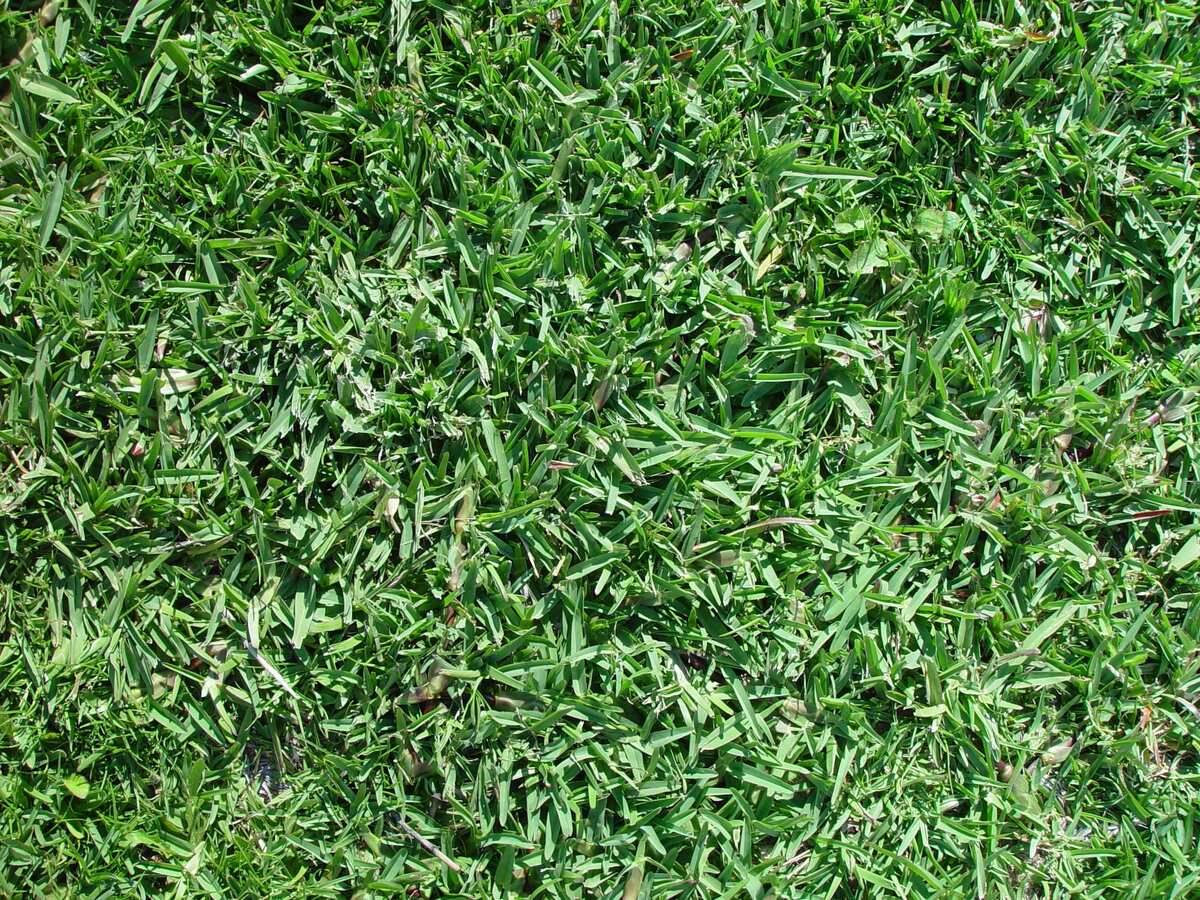
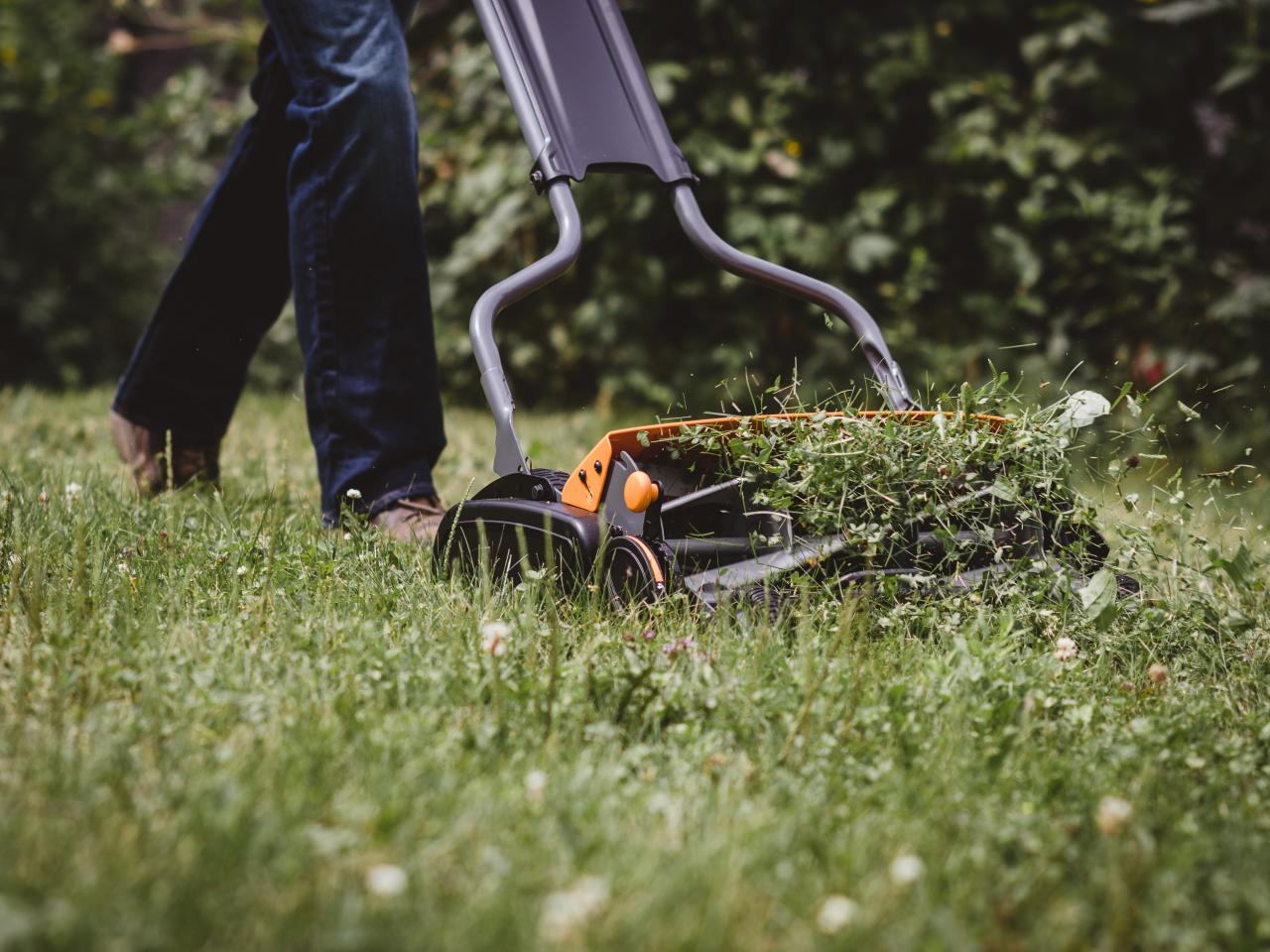


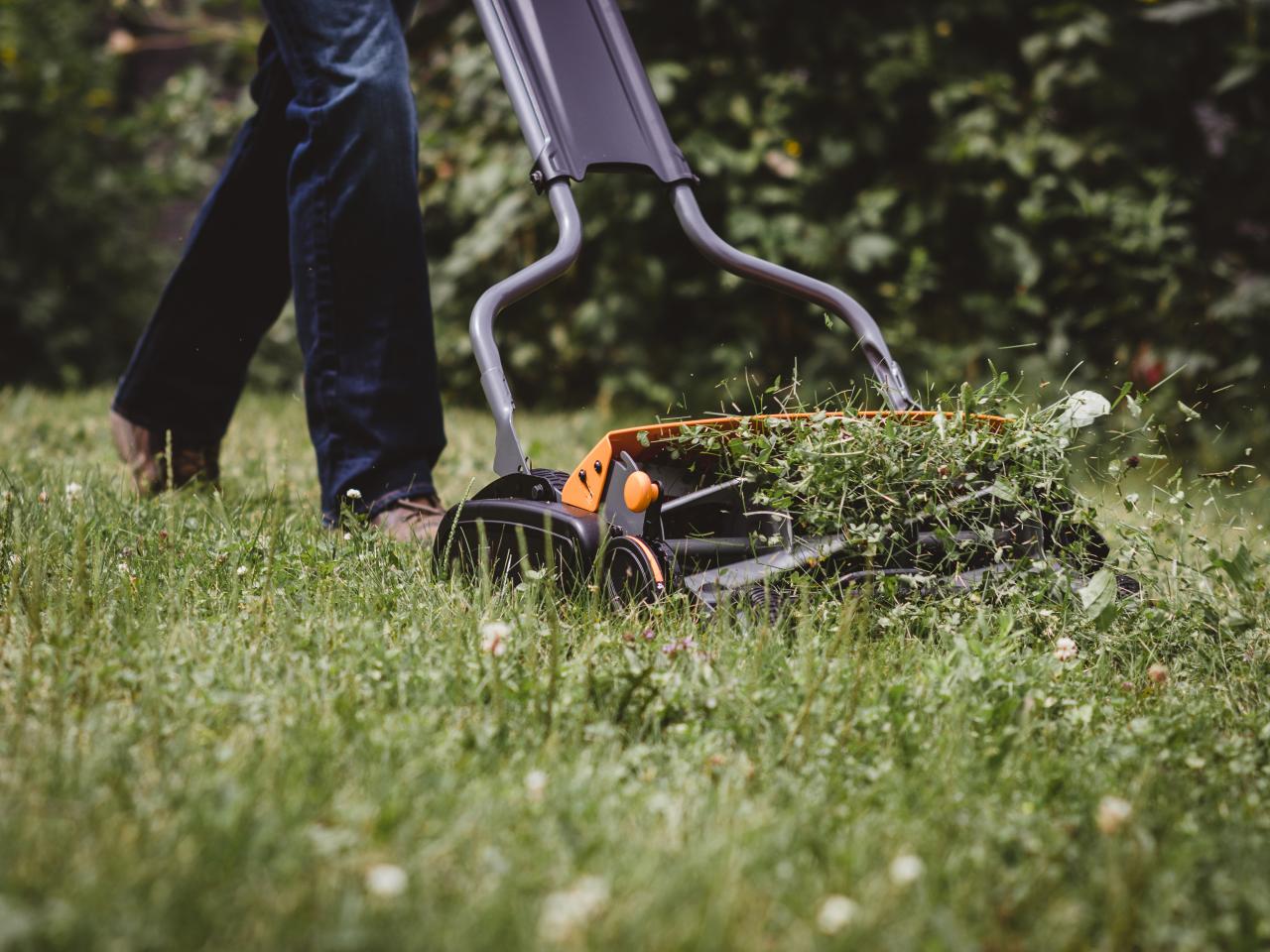
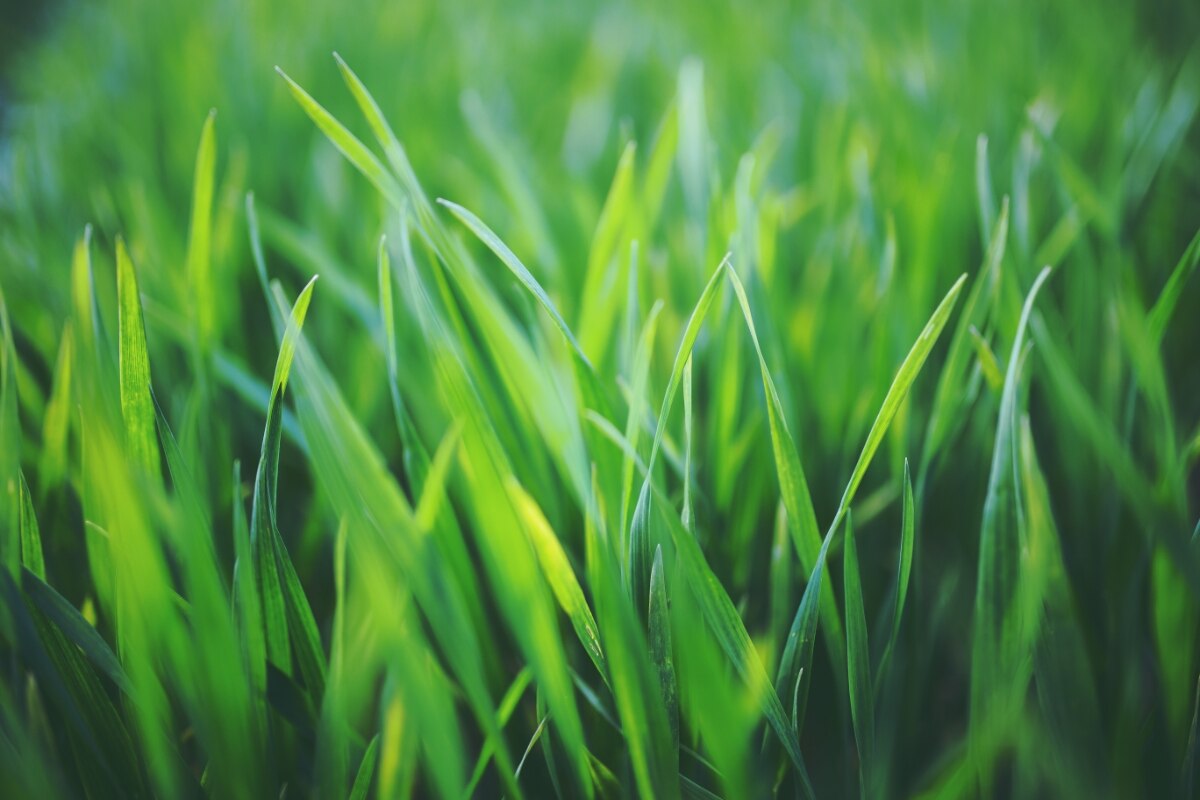
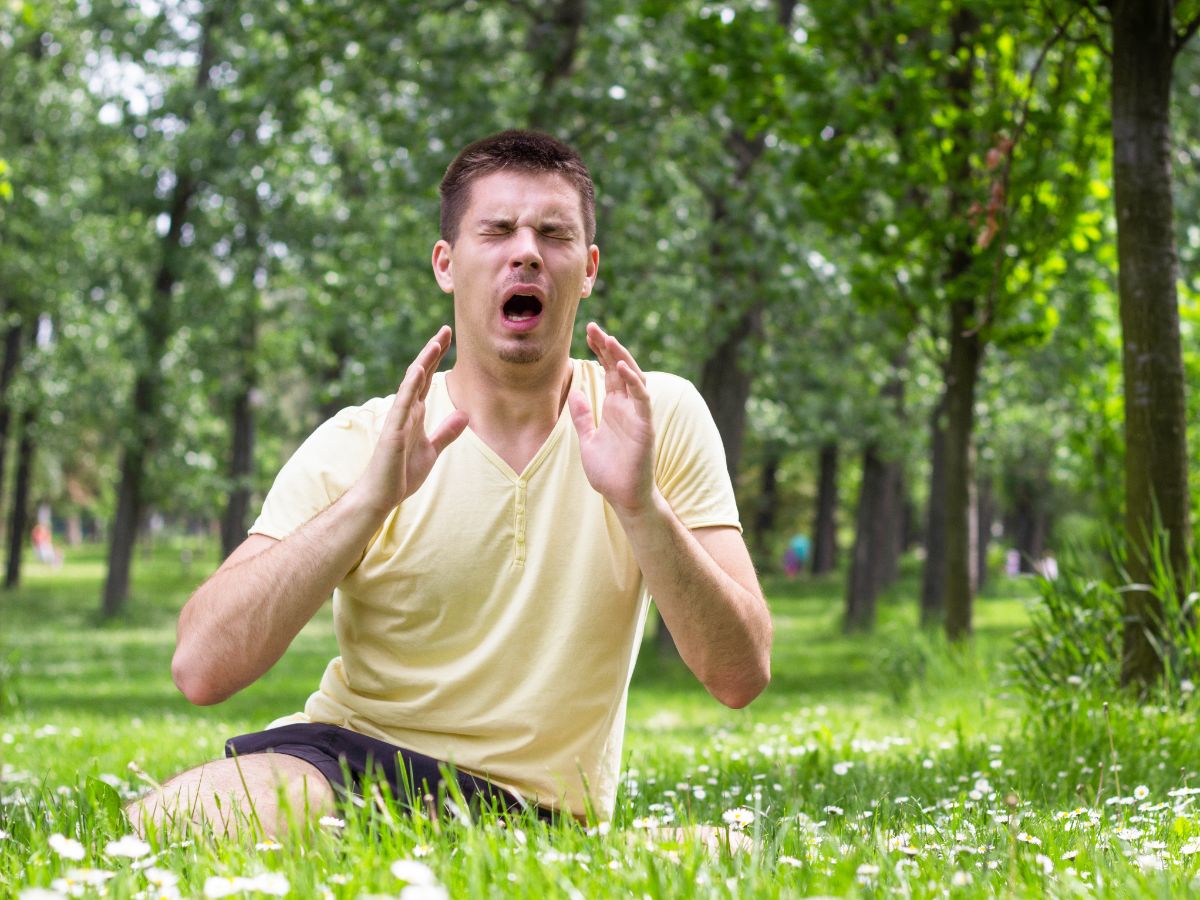
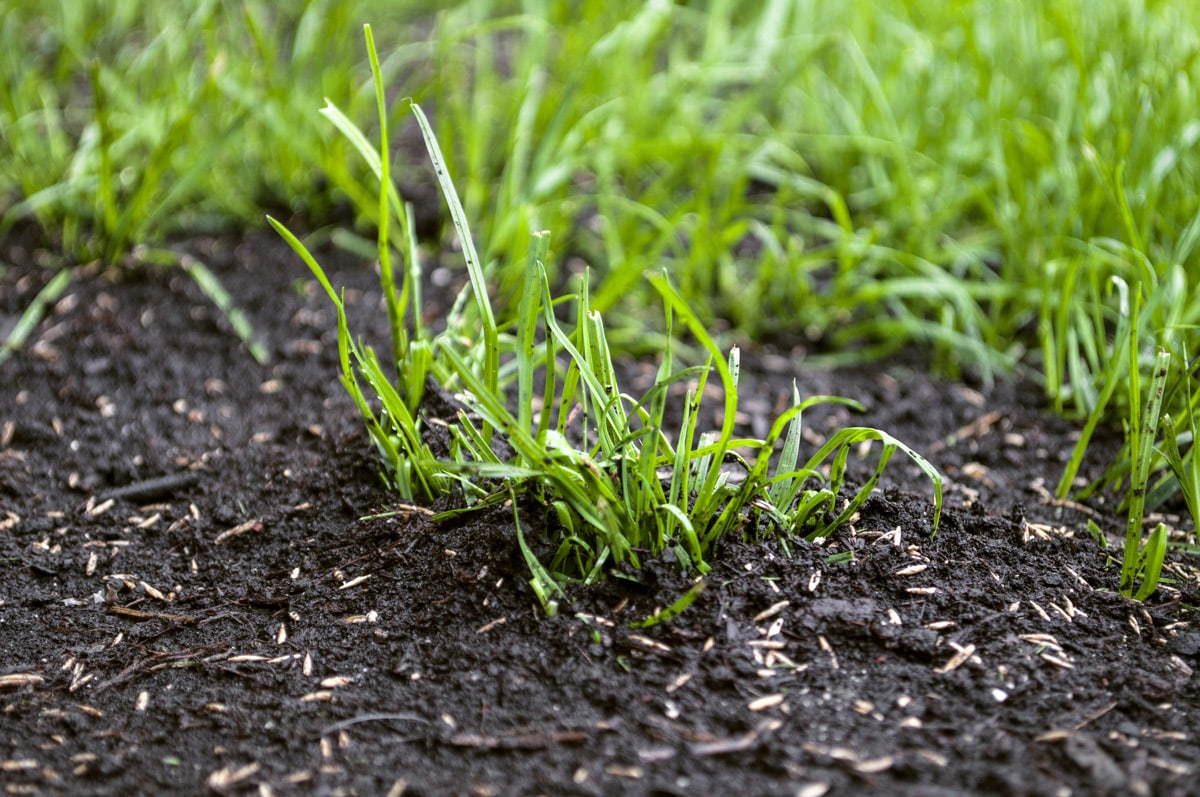


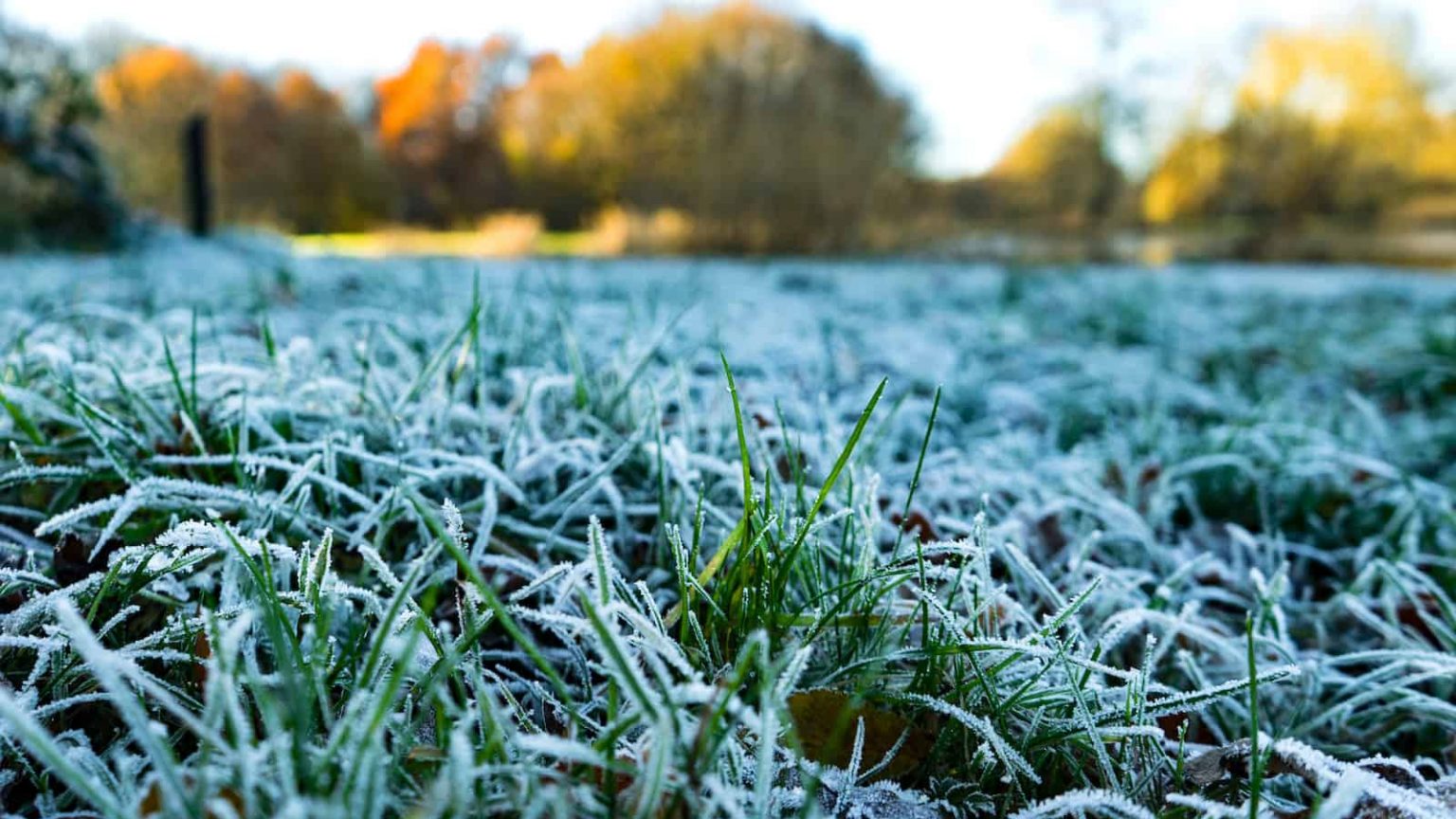
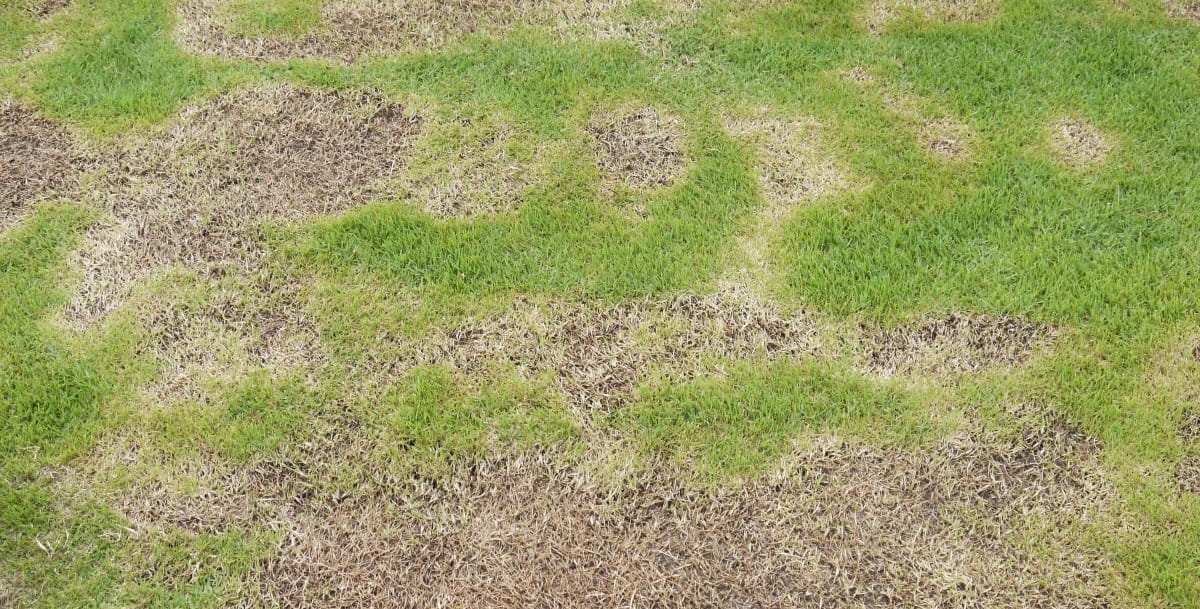

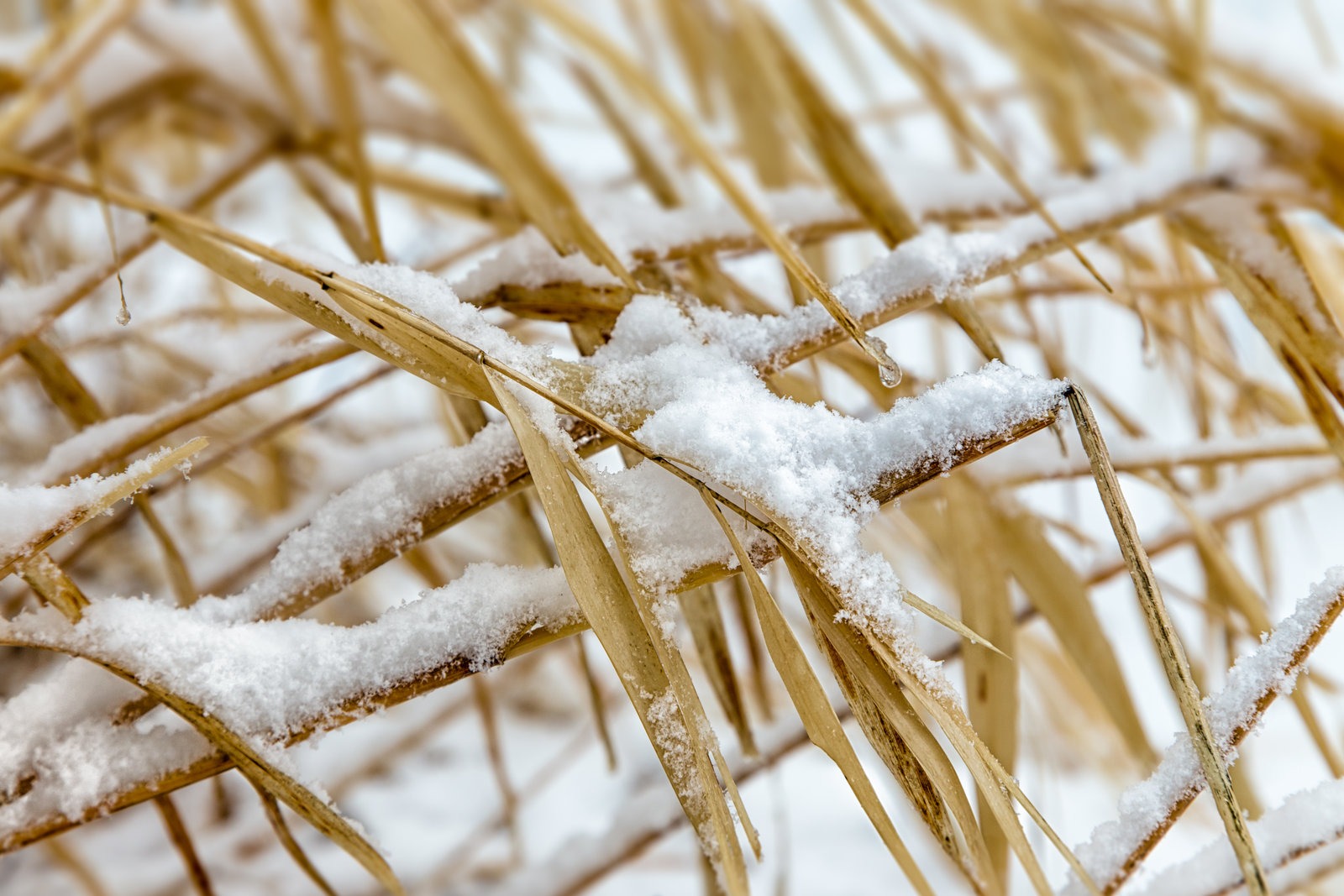

0 thoughts on “When Does Grass Pollen Stop”